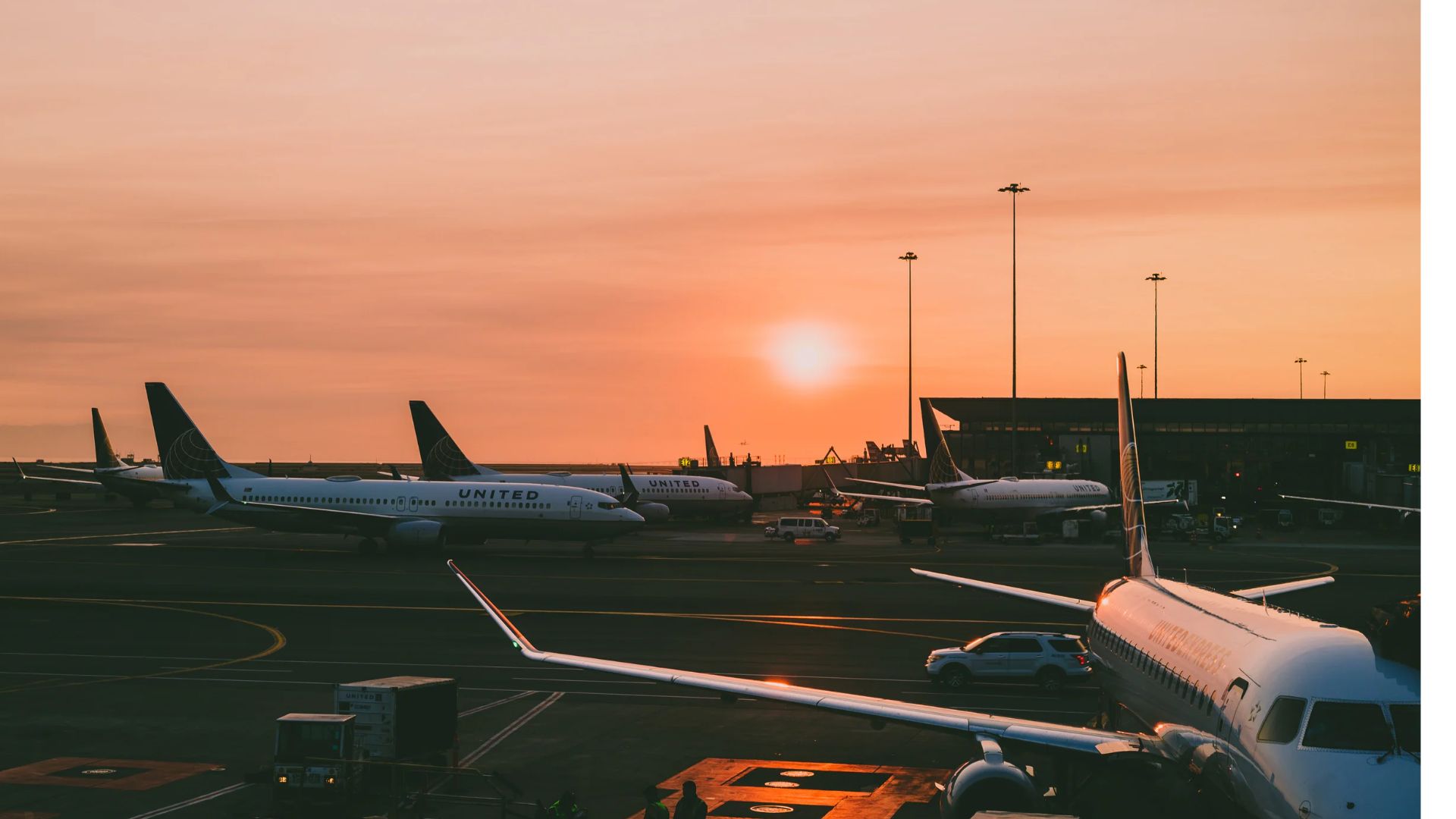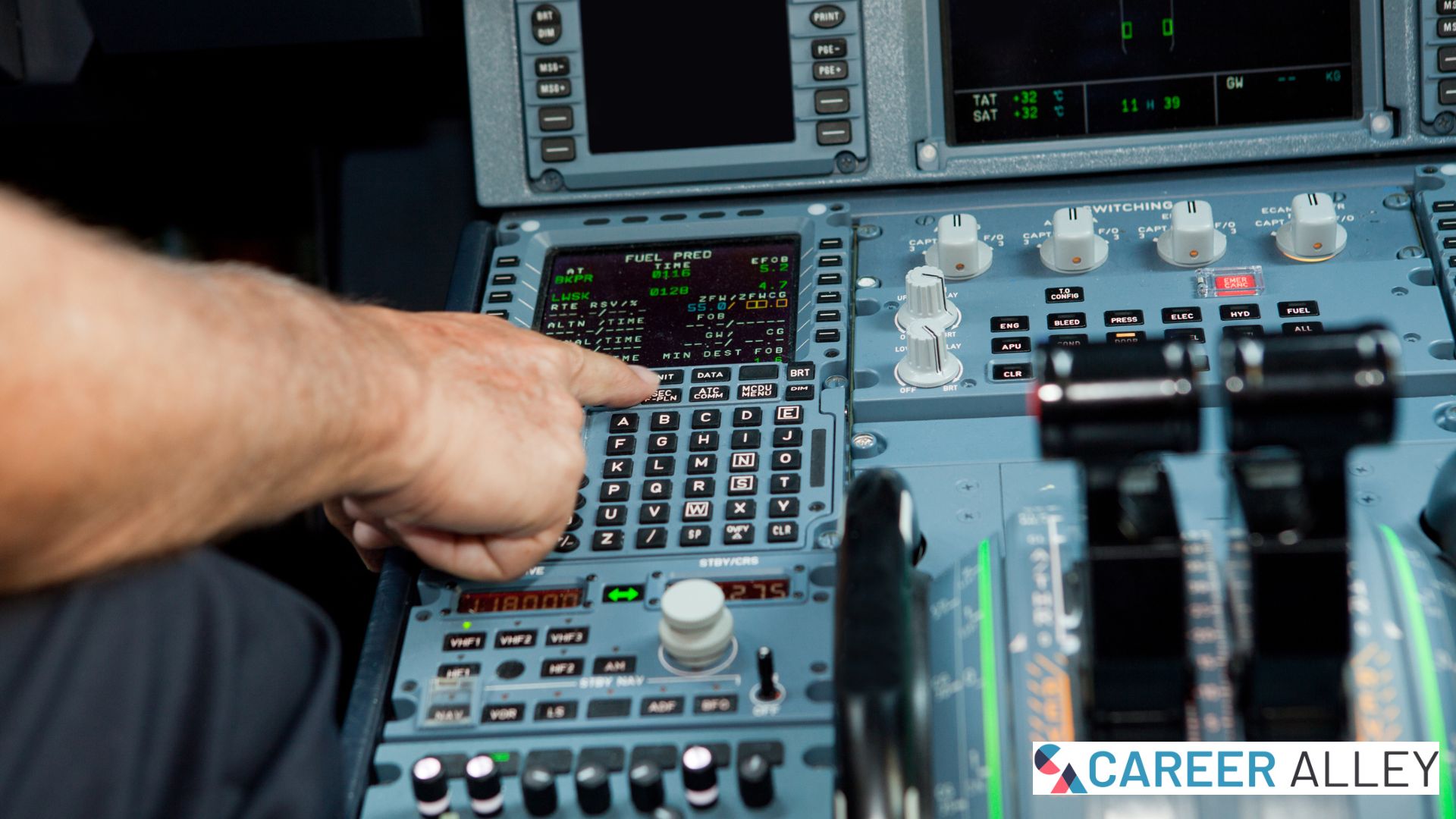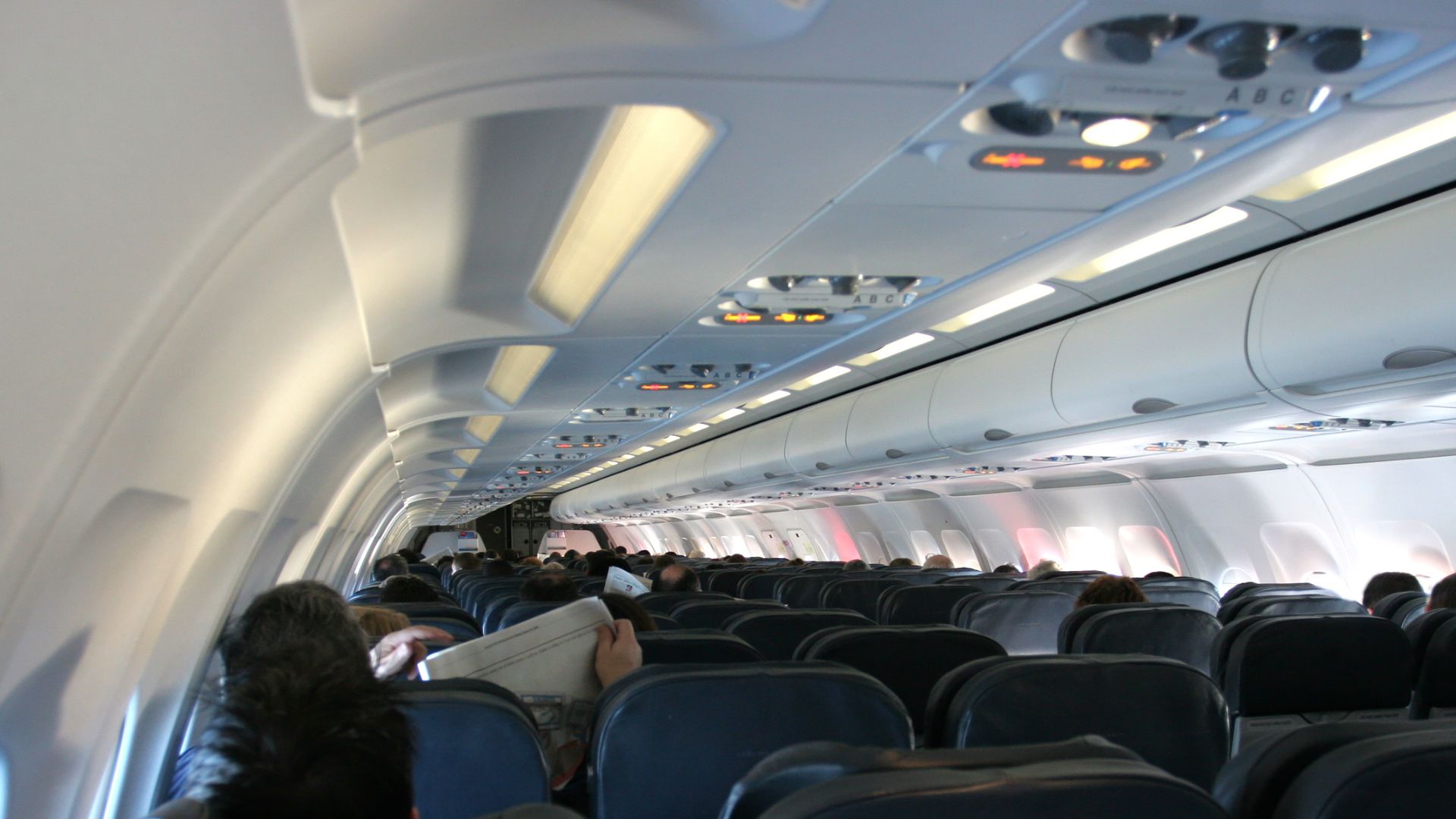We may earn a commission if you click on a product link and make a purchase at no additional cost to you. For more information, please see our disclosure policy.
Commercial air travel has been around for decades, yet there are still many things about flying that people find perplexing. Planes are modern marvels, after all, and this amazing vehicle has tickled people’s curiosity for years. However, if you’re not familiar with the aviation industry, you might have little to no idea about how an aircraft works or what really goes on during its flight. That’s why it’s not surprising that a lot of aviation myths have sprung from the mysteries surrounding planes and commercial flights.
In this article, we’ll take a look at the 6 commonly misunderstood aviation myths and debunk them.
The Plane Can Fly Itself
Although modern planes come with an autopilot function, it doesn’t mean that they can fly on their own. Autopilot is used to control certain aspects of flying (e.g., flight course, navigation, and altitude), but the pilots still have to input the settings and perform everything else the autopilot can’t do. Taxiing, taking off, and landing require good judgment and experience, and pilots have spent many years in flight school to hone and perfect their
Anyone Can Open the Plane Doors During a Flight
Opening plane doors during a flight only happens in movies because no one can open a cabin door mid-flight. When the plane reaches cruising altitude, the cabin is pressurized, so it would require superhuman strength to open the plane doors successfully.
Using Your Smartphone Could Cause the Plane to Crash
You’ve probably heard of the myth that using your smartphone can interfere with the plane’s navigation system and cause the aircraft to crash. However, there has never been a documented case where a passenger’s phone caused electromagnetic interference that led to a plane crash.
Although it’s not common, some airlines do permit the use of smart devices during a flight. A lot of high-end planes even offer free Wi-Fi to their first-class passengers. So why do most airlines still ask you to switch off your phone or set it to airplane mode before takeoff?
Depending on the airline, the reasons behind this rule may differ. In the United States, the FCC has banned the use of all mobile phones on planes because the phone signals can rebound off multiple phone towers and traffic the ground networks. Other airlines implement this rule for their passengers’ safety since your phone can distract you from the cabin crew briefing. Your phone can also be accidentally thrown around during turbulence. Even though this myth has been debunked, however, it’s still in your best interest to follow the rules set by the airlines.
The Air in the Cabin Is Unsafe to Inhale
A lot of people think that the air inside a plane is riddled with germs since it has no way of escaping or replenishing itself during a long flight. However, modern planes are built with cutting-edge filter systems that can get rid of nearly one hundred percent of airborne contaminants. Planes also come with recirculation systems that blend fresh air with the clean air that was passed through the filters. As a result, passengers get clean air every 2 to 3 minutes, so they can receive a constant supply of healthy air while they’re thousands of feet up in the sky.
Commercial air travel has been around for decades, yet there are still many things about flying that people find perplexing.Click To TweetSeat Belts Lower Your Chances of Surviving a Plane Crash
It might seem that wearing your seat belt can hinder you from escaping a crashed plane quickly, but not wearing one will do more harm than good. If nothing is holding you down during a crash, you could potentially fly out of your seat and be tossed around in the cabin. Although unbuckling your seatbelt can be a hassle, it’s still much better than placing your life at risk during a flight emergency.
Human Waste Is Dumped While the Plane is in the Air
One of the most popular aviation myths people love to tell is that planes throw out human waste while in the air. And although that was true during a time when commercial air travel wasn’t a thing, that’s not the case in the modern aviation industry. After flushing the plane toilet, your waste is sucked out of the bowl and sent into a sealed storage unit located in the back of the aircraft. Once the plane lands, the ground crew will come over to the plane with a special truck that siphons the waste from the storage unit. Afterward, the siphoned waste is sent into the underground sewage system of the airport.
Although debunking these 6 aviation myths makes for a fun read, it serves a greater purpose. By dispelling these myths, people’s misconceptions about the aviation industry are corrected. Debunking aviation myths can also help people conquer their fear of flying so that they can have a better appreciation of air travel.
Related posts:
Joey Trebif is the pen name of Mark Fiebert, a former finance executive who hired and managed dozens of professionals during his 30-plus-year career. He now shares expert job search, resume, and career advice on CareerAlley.com.







